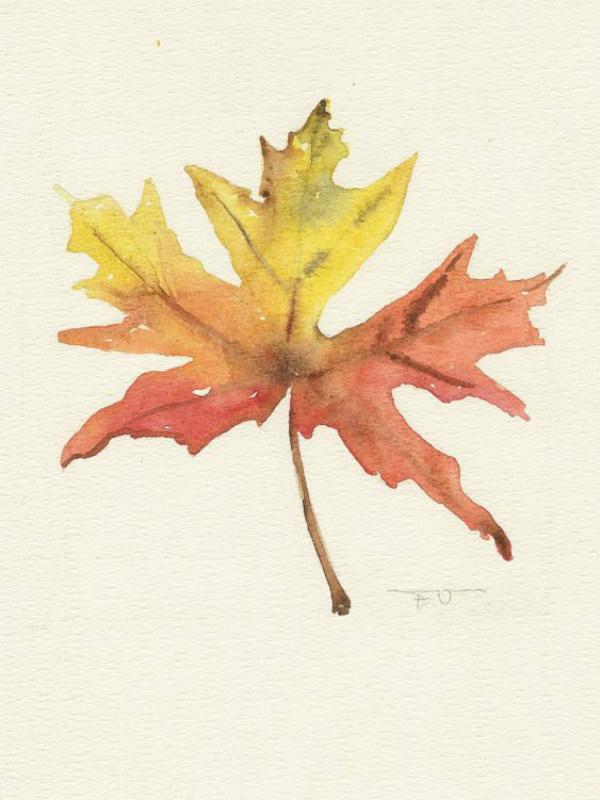The sugar maple
The maple leaf has been a symbol of Canadian nature since 1700. The maple leaf on the flag comes from the sugar maple, Sapindaceae. This is native to Canada and can reach a height of 40 metres. The fantastic leaves change colour in the autumn from bright yellow, through orange to glowing russet. An amazing Indian summer spectacle that you might hopefully one day see with your own eyes!
Tasty treats and team sports
The sap of the sugar maple is used to make maple syrup. Does that ring a bell? Think of pancakes. Delicious banana pancakes served with a runny syrup - maple syrup. Yum! Since the wood of the sugar maple is the hardest in the maple family, it is widely used. The attractive wavy markings mean that violins and guitars are made with maple wood, but the durable qualities mean it’s also used for kitchens, furniture and floors. Bowling alleys, for instance. Pour over some syrup and you’re ready to roll!
A little bit of Canada in the garden
The maple is an excellent addition to the garden in our climate. It grows rapidly, including after pruning, which makes it an ideal candidate for an organic hedge. Do check the species of maple, since not all varieties give you those fabulous leaf colours in the autumn.





